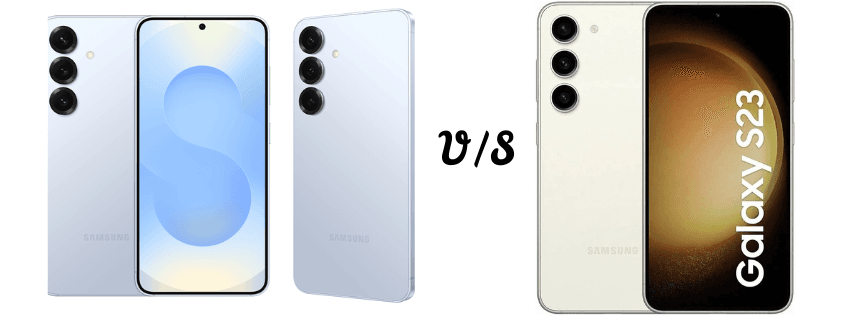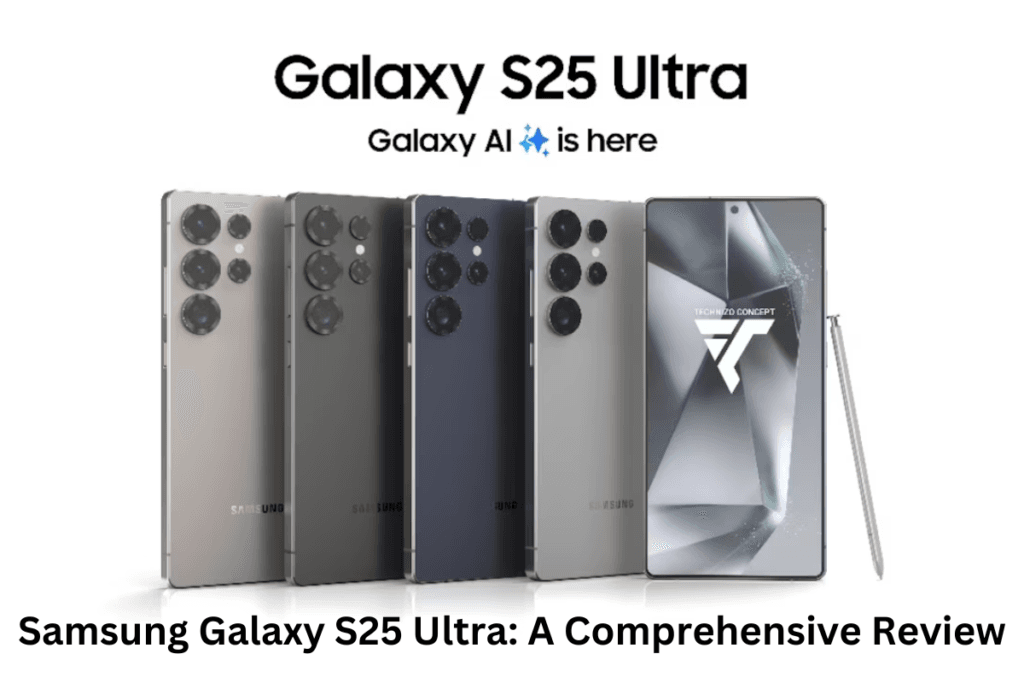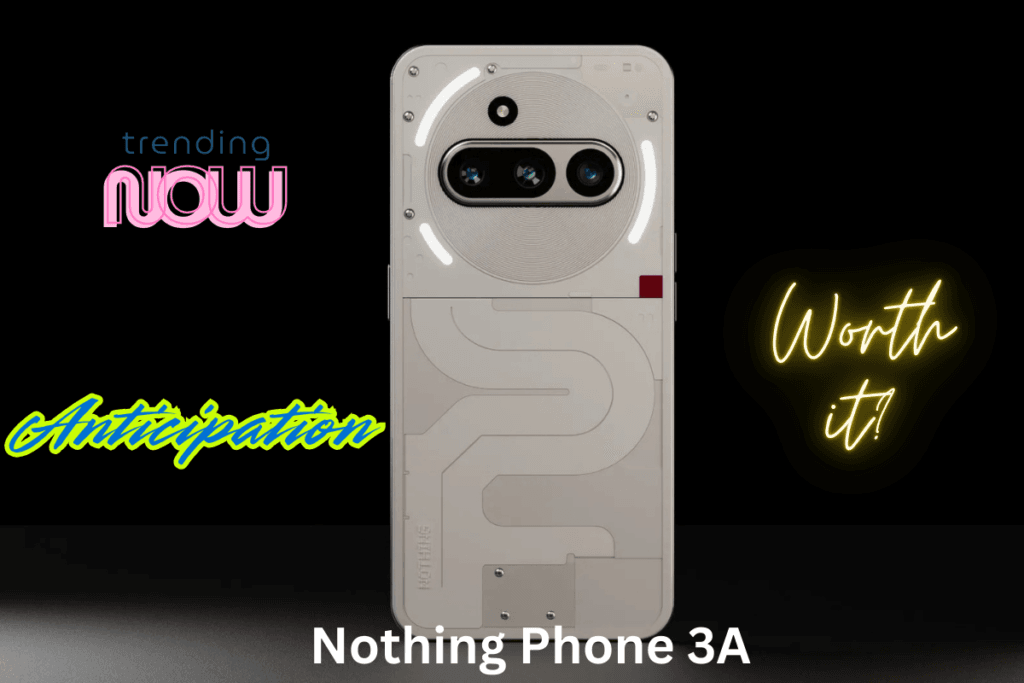Newly launched Samsung Galaxy S25. Should You Upgrade over Galaxy S23?
Disclosure: We may earn money from the companies mentioned in this post, but we only recommend brands that we truly love and trust.
Samsung has been a frontrunner in the smartphone market for years, consistently delivering devices that push the boundaries of technology. With the release of the Samsung Galaxy S25, the inevitable question arises: How does it compare to its predecessor, the Galaxy S23, and is it worth the upgrade? Let’s dive into a detailed comparison.
- LOOKS SLEEK. BUILT TOUGH – Wrapped in a light aluminum frame and Strengthened with Corning Gorilla Glass Victus 2 displa…
- GALAXY AI – Ring in the next era of mobile AI with an AI companion who’s one step ahead of your every need. Just let nat…
- GEMINI LIVE – Go live, get answers. Have free-flowing conversation with Gemini Live to brainstorm ideas or prepare for p…
Design and Build Quality
Galaxy S23
- Dimensions: 146.3 x 70.9 x 7.6 mm
- Weight: 168g
- Materials: Aluminum frame, Gorilla Glass Victus 2 front and back
Galaxy S25
- Dimensions: 146.9 x 70.5 x 7.2 mm
- Weight: 162g
- Materials: Titanium alloy frame, Gorilla Glass Victus 3 front, ceramic back
The S25 offers a sleeker and more premium feel with its titanium frame and ceramic back, making it more durable and scratch-resistant than the S23. Despite being larger, it is slightly lighter, thanks to the advanced materials used.

Display
Galaxy S23
- 6.1-inch Dynamic AMOLED 2X
- Resolution: 2340 x 1080 pixels, 120Hz refresh rate
- Peak Brightness: 1,750 nits
Galaxy S25
- 6.2-inch Dynamic AMOLED Pro
- Resolution: 2340 x 1080 pixels, 120Hz refresh rate [LTPO 1-120Hz]
- Peak Brightness: 2,600 nits
The Galaxy S25’s 6.2-inch Dynamic AMOLED 2X display offers a resolution of 2340 x 1080 pixels with a 120Hz adaptive refresh rate, providing smoother scrolling and enhanced visual fluidity. The S23, with its 6.1-inch display, shares the same resolution and refresh rate but has a slightly higher pixel density due to its smaller size. Notably, the S25 achieves a peak brightness of 2600 nits, surpassing the S23’s 1750 nits, resulting in improved visibility under direct sunlight.
Performance
Galaxy S23
- Processor: Qualcomm Snapdragon 8 Gen 2 (4nm)
- RAM: 8GB
- Storage: 128GB/256GB/512GB (UFS 4.0)
Galaxy S25
- Processor: Qualcomm Snapdragon 8 Elite (3nm)
- RAM: 12GB
- Storage: 256GB/512GB (UFS 5.0)
Under the hood, the Galaxy S25 is powered by Qualcomm’s Snapdragon 8 Elite processor, a significant upgrade from the S23’s Snapdragon 8 Gen 2. This advancement translates to substantial performance improvements.
- Geekbench 6 (Single-Core): S25 scores 3075, a 68% increase over the S23’s 1831.
- Geekbench 6 (Multi-Core): S25 achieves 9822, doubling the S23’s 4914.NanoReview
- AnTuTu Benchmark 10: S25 reaches 2,314,873, a 53% enhancement compared to the S23’s 1,515,225.
These benchmarks indicate that the S25 delivers faster processing speeds and improved multitasking capabilities.
Camera
Galaxy S23
- Rear: 50MP (wide), 12MP (ultrawide), 10MP (telephoto)
- Front: 12MP
Galaxy S25
- Rear: 50MP (wide), 12MP (ultrawide), 10MP (telephoto)
- Front: 12MP
While the hardware remains consistent, the S25 benefits from enhanced image processing capabilities, leading to improved low-light performance and more accurate color reproduction. However, real-world feedback suggests that if you’re content with the S23’s camera quality, the differences may not be substantial enough to warrant an upgrade. So, Camera alone should not be the point of your upgrade if you are coming from a galaxy s24 or even a older galaxy s23.
Battery and Charging
Galaxy S23
- Battery: 3,900mAh
- Charging: 25W wired, 15W wireless
Galaxy S25
- Battery: 4,000mAh
- Charging: 25W wired, 15W wireless
Virtually the same charging capabilities, Samsung’s flagship is still using the slower 25W charging on its devices where at least 45W is the norm nowadays. Charging speeds remain unchanged, but software optimisations and the efficient Snapdragon 8 Elite chipset may contribute to better battery performance. So no upgrade to be noticed here if you switch from galaxy s23 or galaxy s24.
Software
Both devices run Samsung’s One UI, but the S25 launches with One UI 7.0 based on Android 15, offering enhanced multitasking, improved AI features, and better customization options. The S23 is eligible for this update, but not all features are backward compatible. introducing advanced AI features for personalized user experiences. Samsung commits to 7 years of OS and security updates for the S25 series, ensuring long-term support.
AI Integration: The S25 series emphasizes AI capabilities, offering features like natural language processing and cross-application cooperation to streamline tasks
User Feedback
Early adopters of the Galaxy S25 have praised its performance improvements and brighter display. However, some users feel that the upgrades are incremental and may not justify the cost of upgrading from the S23. The design similarities between the two models have also led to mixed reactions, with some appreciating the familiarity and others desiring a more distinct aesthetic.
Should You Upgrade?
The decision to upgrade hinges on your specific needs:
- Performance: If you require top-tier performance for gaming or intensive multitasking, the S25’s enhanced processor and RAM offer a noticeable boost.
- Display: The brighter display of the S25 enhances outdoor visibility.
- Connectivity: Access to the latest Wi-Fi and Bluetooth standards in the S25 ensures future-proofing.
However, if your S23 meets your current requirements, especially in terms of camera quality and general performance, upgrading may not be essential. It’s advisable to assess your usage patterns and determine if the S25’s enhancements align with your needs.
The Galaxy S25 is a clear step forward in terms of performance, display quality, camera capabilities, and design. If you already own the Galaxy S23 and are satisfied with its performance, you may not find the upgrade essential unless you prioritize enhanced gaming and performance. However, for those with older devices or tech enthusiasts who crave the latest features, the Galaxy S25 is undoubtedly worth considering.
Ultimately, the decision boils down to your specific needs and budget, but the Galaxy S25 with Snapdragon’s monster 8 elite chipset sitting underneath it, undeniably sets a new benchmark for what a flagship smartphone can achieve.





